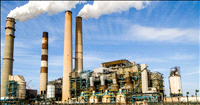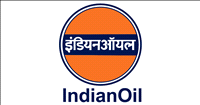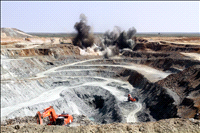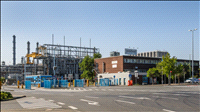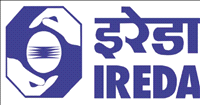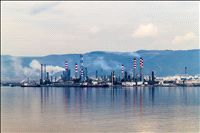First US patent to Indian company in plasma cutting
01 Dec 2000
The Pune-based, Plazma Cutting Equipment P. Ltd. (PCE), created history recently when it was awarded a US patent for its plasma arc torch head.
In the past fifty years of the US patent office, of a total of 369 patents given in the field of plasma cutting, only two have been given for plasma cutting arc torches. And neither of these have been awarded to an Indian.
The patent was given for the invention made in the formation of plasma in the plasma arc torch, which makes the beam far more powerful and efficient, and increases manifold the quality of the cut. The basic improvements made in the torch had references made as far back as 1977 at the US patent office.
The superior conductivity of energy has been achieved through effective constricting of the plasma beam to the thickness of a candlewick. "We are now working on reducing the beam to needle thickness," says Mr. Hughen, managing director of the company, and the inventor of the torch. The cutting torch emits energy over 30,000 degrees centigrade, ejected at 2.5 times the speed of sound. It is claimed to be the fastest, and the least expensive way to cut metal, and the only way to cut stainless steel of thickness 120 mm to 150 mm, with the least distortion.
The world over, the metal cutting industry has used plasma cutting as the route of choice for cutting metal. While laser cutting is the most precise and is at the top end of metal cutting, it has its limitations over metal thickness above six mm. It is also more expensive. Hence, laser cutting has been chosen where there is a need for high precision cutting.
In India, plasma cutting has been used primarily for cutting stainless steel, given the higher capital cost involved, as opposed to gas cutting. Gas cutting, using oxyacetylene gas, has so far been the option of choice for cutting mild steel (constituting roughly 80 per cent of all metal cutting operations), thanks to the lower cost involved. Plasma cutting was therefore restricted to cutting stainless steel, since gas cutting is not effective with stainless steel.
"Our challenge was to compete with gas cutting," says Mr Hughen. Through successive improvements, the company succeeded in breaking the cost barrier, which makes plasma cutting a more attractive option over gas cutting, even for mild steel. While capital costs for laser cutting are around Rs 60 lakh, and high-pressure water jet around Rs 40 lakh, plasma cutting would require Rs 8 lakh, says Mr Hughen. On the other hand, gas cutting using oxy-fuel is largely used for cutting mild steel, which too, he says, is no longer an option.
"While the direct costs through plasma cutting are comparable with that of gas cutting, plasma cutting is a better option because it has no recurring costs (of gas, in gas cutting). It also gives more productivity, since plasma cutting allows high speed cutting," says Arundhati Hughen, director, finance, of the company.
The other advantage is of minimal metallurgical change in plasma cutting. "Since high speed is involved, the heat is not dissipated into the metal surface which reduces the effect of heat such as distortion or warping. This eliminates the need for processes such as grinding or milling, and the job can go straight from cutting into welding."
It was this property of plasma cutting that convinced Reliance Petrochemicals to use this technology to cut eight tonnes of pipe per month at its Jamnagar grassroots refinery project, using the Hughen torch.
While earlier versions of the equipment have been in use with companies like L&T, Jindal Strips, Swaraj Mazda, Salem Steel, the company is confident that the new patented version will help it to leapfrog from a Rs 2 crore company to Rs 15 crore in three years’ time and make its mark in the global market. "We expect to get a seven per cent share of the Rs 200 crore international plasma cutting torch market," says Mr Hughen. German companies, in particular, have been keen in tying up with PCE for its technology.
The company is now experimenting with other applications of plasma cutting, including non-metal cutting, remote cutting of metal nuclear waste, and incinerating applications. The future direction is to close the gap between laser and plasma technology, says Mr Hughen, where plasma technology has already been successful in the area of micro welding.













.jpg)

